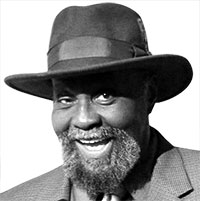U.S. News
Photo Illustration by Elizabeth Brockway/The Daily Beast
Football, Teddy Roosevelt, and the Dawn of the American Empire
"The Strenuous Life"
Today's Super Bowl is a long way from football's Ivy League, "Muscular Christianity" roots. Or is it?

Trending Now





